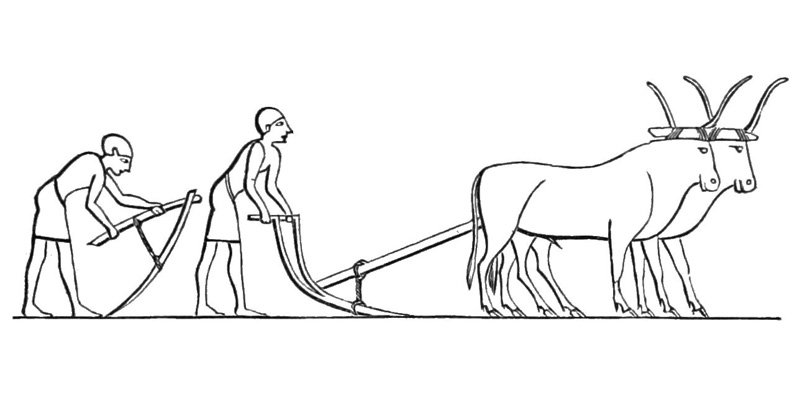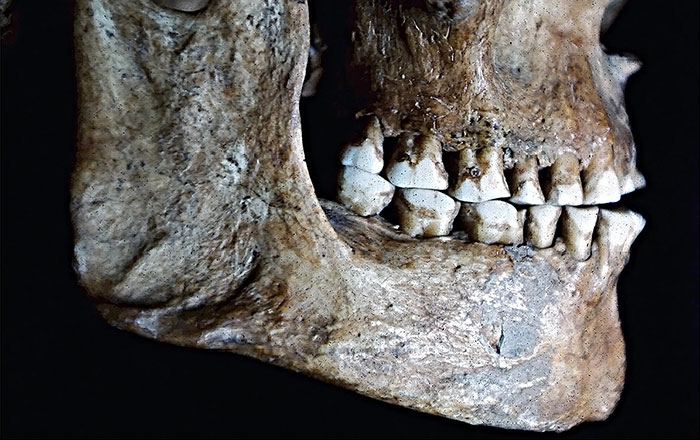
BURLINGTON, VERMONT—A team of scientists studied the fossil record dating back 300 million years and found that patterns in the organization of plant and animal communities were consistent until 6,000 years ago—about the time that modern humans began farming. Some pairs of species appear more often together in nature than would be expected by chance, while other pairs in the study are rarely found in the same place. The aggregated species pairs may have been dependent upon the same type of habitat, while the segregated pairs may have competed for the same food source. From 300 million years ago up until about 6,000 years ago, there was a higher frequency of aggregated species pairs. Then the pattern switched to a predominance of segregated species pairs. “This tells us that humans have been having a massive effect on the environment for a very long time,” paleobiologist S. Kathleen Lyons of the Smithsonian’s National Museum of Natural History said in a University of Vermont press release. “We think it’s something that humans do that causes barriers to dispersal for both plant and animal species,” she explained. To read about the technology of the Neolithic period, go to "The Neolithic Toolkit."











